

The Ultimate Guide to Prayer Plants: Care, Varieties & Tips for Thriving Growth
Introduction
Prayer plants, known for their unique leaf movements, are captivating houseplants. They fold their leaves at night, resembling a praying posture. Their stunning foliage and vibrant patterns have made them increasingly popular among plant enthusiasts. To help these beauties thrive, it’s essential to understand their specific care needs.
If you’re looking to keep your prayer plants happy and healthy, you might want to consider a humidifier for indoor plants. This little gadget can make a world of difference, especially when the air gets dry in winter. Your plants will thank you with lush, vibrant leaves!
Summary and Overview
Prayer plants belong to several families, including Maranta, Calathea, Ctenanthe, and Stromanthe. These tropical plants thrive in warm, humid environments, often found in the rainforests of Central and South America. While they can be a bit challenging to grow, understanding their care requirements makes it easier.
They prefer bright, indirect light and consistent moisture. However, overwatering can lead to root rot, which is a common issue. Their aesthetic appeal adds life to any space, creating a calming atmosphere. Plus, they can improve indoor air quality, making them a beneficial addition to your home.
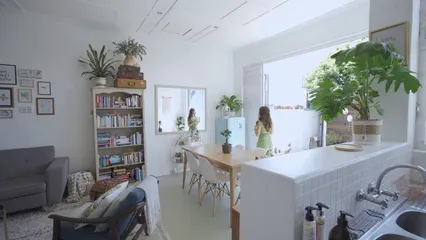
Prayer plants are not only beautiful but also help enhance the air quality in your living space. best plants for purifying indoor air quality
Understanding Prayer Plants
What are Prayer Plants?
Prayer plants, scientifically known as Maranta leuconeura, are part of the broader family of tropical houseplants. Within this group, we find popular varieties like Calathea, Ctenanthe, and Stromanthe. These plants thrive in warm, humid environments typical of their native habitats.
What sets prayer plants apart is their unique ability to fold their leaves up at night, mimicking a prayer position. This behavior helps them conserve moisture. Their vibrant leaf patterns often feature striking colors and intricate designs, making them a favorite among indoor gardeners. Understanding their classification and natural behavior is crucial for providing the right care to ensure they flourish in your home.
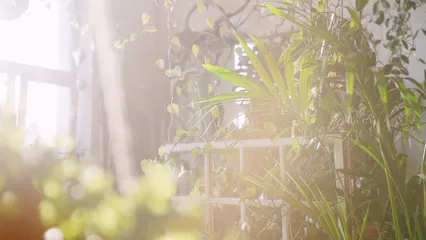
Unique Features of Prayer Plants
Prayer plants are truly remarkable. One of their standout traits is their unique leaf movement. Each evening, the leaves fold upwards, mimicking a prayerful posture. This behavior helps them conserve moisture during the night. Isn’t that fascinating?
Beyond their movement, prayer plants boast stunning leaf patterns. Their foliage can feature a blend of vibrant greens, deep reds, and even silvery hues. For instance, the Red Maranta has striking dark green leaves with bright red veins. The intricate designs make them a visual delight in any space.
Their coloration can change with light exposure and health. Healthy prayer plants exhibit rich, vivid colors. When stressed, the colors may fade, indicating a need for care. Observing these features lets you appreciate the beauty and complexity of these incredible plants.
Care Requirements for Prayer Plants
Watering Guidelines
Watering your prayer plant requires a delicate touch. They thrive best with filtered or distilled water. Tap water can contain minerals that harm the leaves over time. Aim to water thoroughly until it drains from the bottom. This ensures the roots receive adequate moisture.
Frequency is key. Water your plant when the top inch of soil feels dry. This prevents both over- and under-watering, which are common issues. Over-watering can lead to root rot, while under-watering can cause droopy leaves.
Watch for signs of distress. Yellowing leaves may indicate too much water, while crispy leaf edges suggest dryness. By keeping a close eye on your plant, you can maintain the perfect moisture balance for healthy growth.
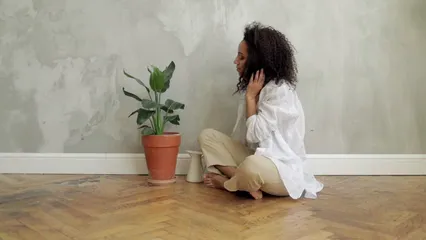
Light Conditions
Prayer plants prefer bright, indirect light. This type of light allows their stunning colors to shine without the risk of scorching. Place them near a window with filtered sunlight for optimal growth.
Direct sunlight can be detrimental, causing leaf burn and fading colors. Conversely, low light may stunt their growth and reduce vibrancy. If your plant appears leggy or its colors dull, it may need more light.
Positioning is essential. Consider rotating your plant occasionally to ensure even light exposure. This simple adjustment can support healthy, balanced growth. Your prayer plant will thrive beautifully when given the right light conditions.
Temperature and Humidity Needs
Prayer plants thrive in warm environments. The ideal temperature ranges from 65°F to 80°F. Keeping them in this range ensures they remain healthy and vibrant. Avoid exposing them to temperatures below 50°F, as this can stress the plant.
Humidity is crucial for prayer plants. They flourish in high humidity levels of around 50% to 70%. Dry air can lead to browning leaf edges and droopy foliage. To maintain humidity, consider using a humidifier, especially during dry winter months. Alternatively, you can place a pebble tray for humidity beneath the pot. This simple method increases moisture in the air around the plant. Regular misting can also help, but be cautious not to overdo it.

Soil and Fertilization Tips
Choosing the right soil is essential for prayer plants. A well-draining potting mix is ideal. You can create a suitable mixture by combining regular potting soil with peat moss and perlite. This blend retains moisture without becoming waterlogged.
Fertilization is also important. During the growing season, use a balanced liquid fertilizer for houseplants every four to six weeks. This helps nourish the plant and encourages healthy growth. Alternatively, consider a slow-release fertilizer at the beginning of the growing season. This option provides nutrients over an extended period. Just ensure not to over-fertilize, as this can cause leaf burn and other health issues.
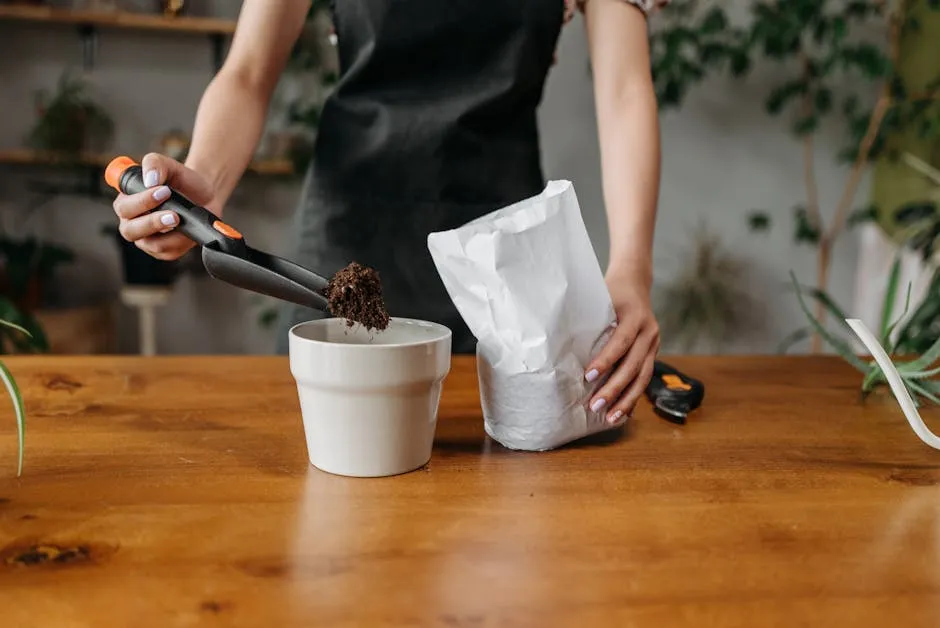
Common Challenges and Solutions
Prayer plants can face several challenges. Browning leaf edges often signal low humidity or underwatering. To address this, increase humidity around the plant and ensure consistent watering.
Pests can also be an issue. Spider mites and aphids may invade your prayer plants. Regularly check the undersides of leaves for signs of these pests. If you spot any, treat them promptly with insecticidal soap or neem oil.
Another common problem is yellowing leaves, which may indicate overwatering. Always check the moisture level of the soil before watering. Adjust your care routine based on the plant’s needs. By identifying these issues early, you can help your prayer plants thrive.
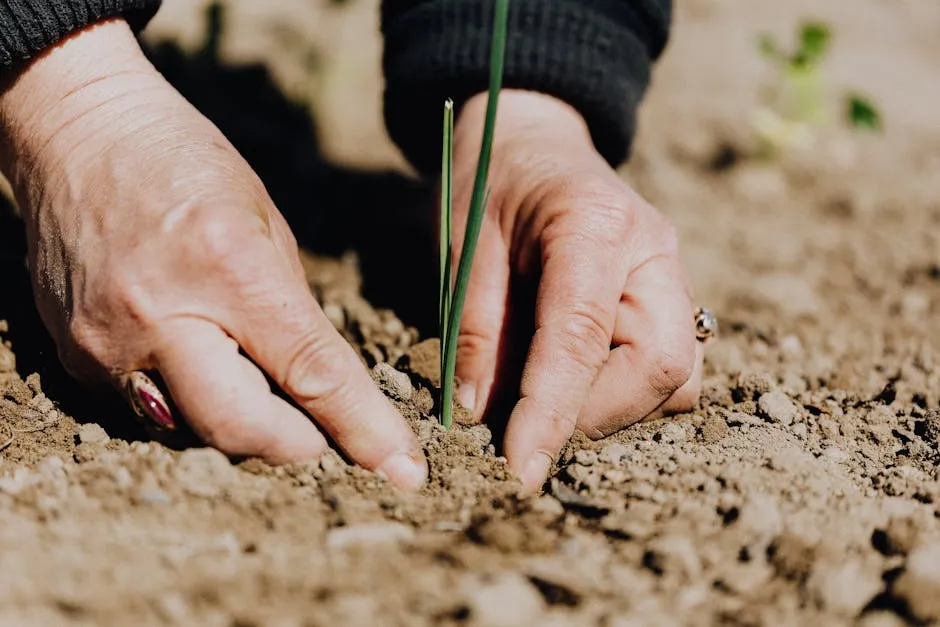
Maranta (Prayer Plant)
Maranta, commonly known as the prayer plant, is a stunning tropical plant. Its leaves feature vibrant colors and unique patterns that make it a favorite among houseplant lovers. This plant is native to Central and South America, where it thrives in humid, shaded environments.
Popular varieties include the Red Maranta, which showcases dark green leaves adorned with striking red veins, and the Lemon Lime Maranta, known for its bright green foliage with creamy yellow highlights. These varieties not only add color but also bring a touch of nature indoors. Caring for Maranta is relatively easy, as long as you ensure it gets the right amount of moisture and light.

Calathea (Goeppertia)
Calathea, now reclassified as Goeppertia, offers a diverse range of stunning leaf patterns. These plants are beloved for their intricate markings and vibrant colors. Native to tropical regions, Calathea species prefer warm, humid conditions.
Among the popular varieties, Calathea Orbifolia stands out with its large, round leaves featuring silvery stripes. Calathea Ornata, on the other hand, has dark green leaves adorned with pink pinstripes. Both varieties require similar care, thriving in indirect light and high humidity. Their captivating foliage can transform any space into a lush indoor oasis.

Ctenanthe and Stromanthe Varieties
Ctenanthe and Stromanthe are closely related to prayer plants, sharing many characteristics. Ctenanthe features elongated leaves with beautiful patterns, making it visually appealing. Popular varieties include the Never Never and Tricolor, both known for their striking coloration and ease of care.
Stromanthe, especially varieties like Triostar and Sanguinea Magic Star, are recognized for their vibrant leaves that combine green, white, and pink hues. Both Ctenanthe and Stromanthe prefer similar care conditions, thriving in humidity and bright, indirect light. Keeping their soil moist without overwatering will ensure these plants flourish beautifully in your home.

Placement and Environment
To keep your prayer plants healthy, placement is key. They thrive in bright, indirect light, so position them near a window with filtered sunlight. Avoid harsh direct sunlight, as it can scorch their beautiful leaves.
Additionally, keep your prayer plants away from drafts and temperature fluctuations. They prefer a stable environment, ideally between 65°F and 80°F. Rapid changes in temperature can stress them out, leading to browning leaves or stunted growth.
Humidity is another critical factor. Prayer plants love moisture-rich air, so consider placing them in areas like bathrooms or kitchens. If these spots aren’t available, a humidifier can work wonders. Remember, a little attention to their environment goes a long way in keeping these stunning plants vibrant and healthy.

Propagation and Repotting
Propagation of prayer plants is quite rewarding and can be done using several methods. One effective way is through division. Gently separate the plant into smaller sections, ensuring each has roots. This method is best done during the growing season, typically in spring or early summer.
Alternatively, you can propagate via cuttings. Take a healthy stem cutting with a few leaves and place it in water or moist soil. Roots should develop within a few weeks.
Repotting is necessary when your plant outgrows its pot. Look for signs such as roots emerging from drainage holes or slow growth. Generally, repot every one to two years using fresh, well-draining soil. Spring is the ideal time for this, as it encourages new growth after the move.
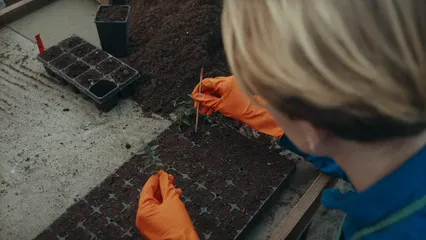
Conclusion
In summary, proper care for prayer plants involves understanding their environmental needs. They thrive in bright, indirect light and love humidity. Regular watering and attentive monitoring can help prevent common issues like browning leaves. By following these tips, you can enjoy their unique beauty and lively presence in your home. Consider adding prayer plants to your collection; they not only enhance your space but also bring a touch of nature indoors. Share your experiences or questions about prayer plants in the comments below!
If you’re looking for a great way to keep track of your plants’ care, consider an indoor plant care journal. It’s a fun way to document your journey as a plant parent!
Please let us know what you think about our content by leaving a comment down below!
Thank you for reading till here 🙂
All images from Pexels



